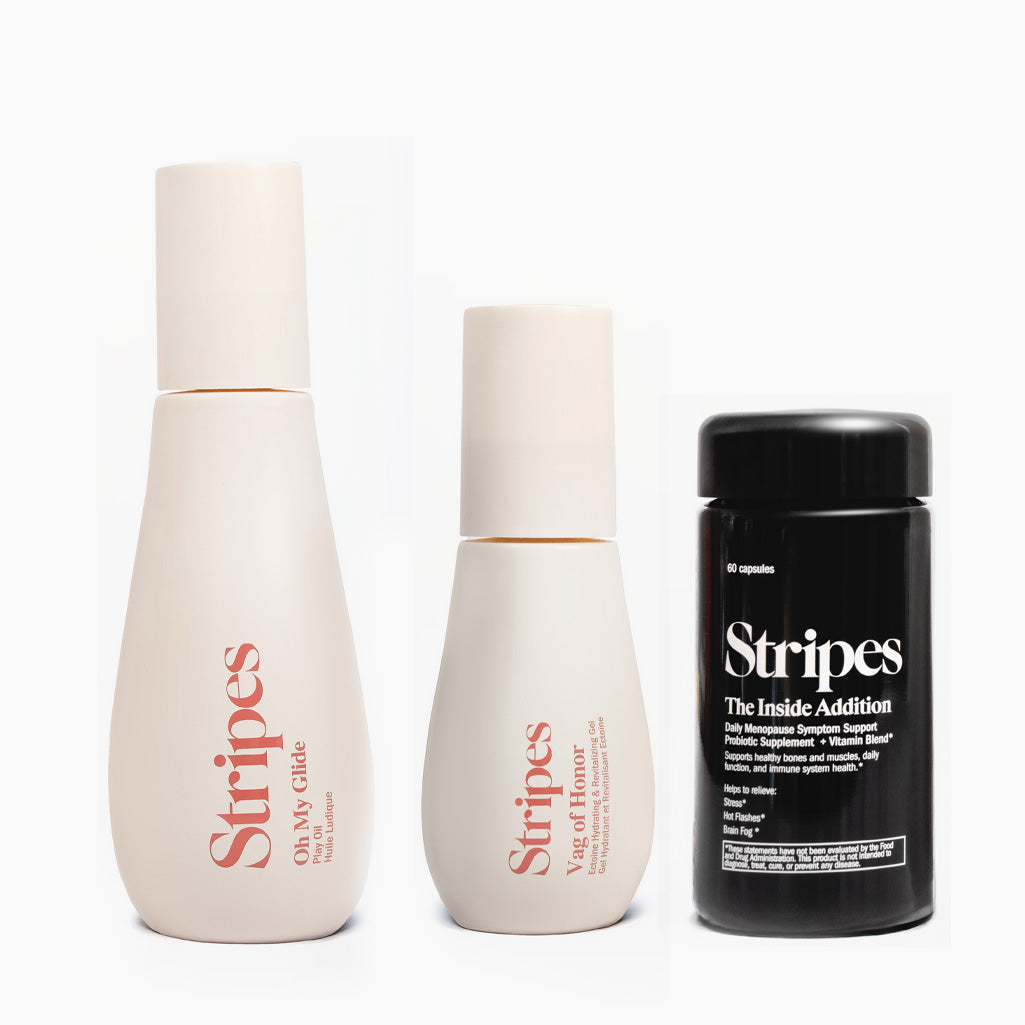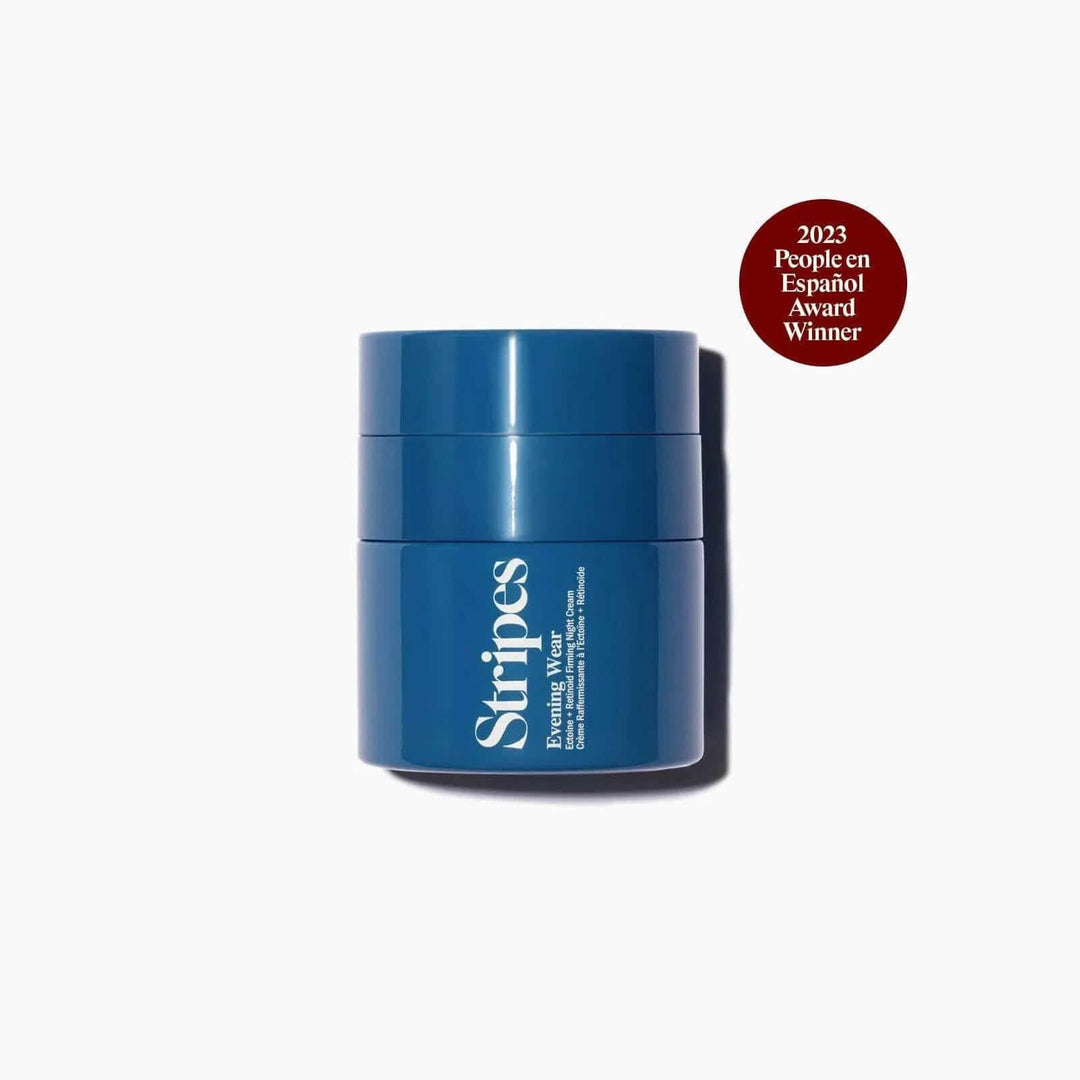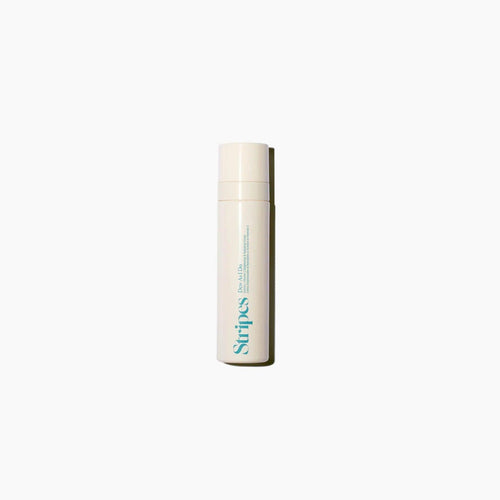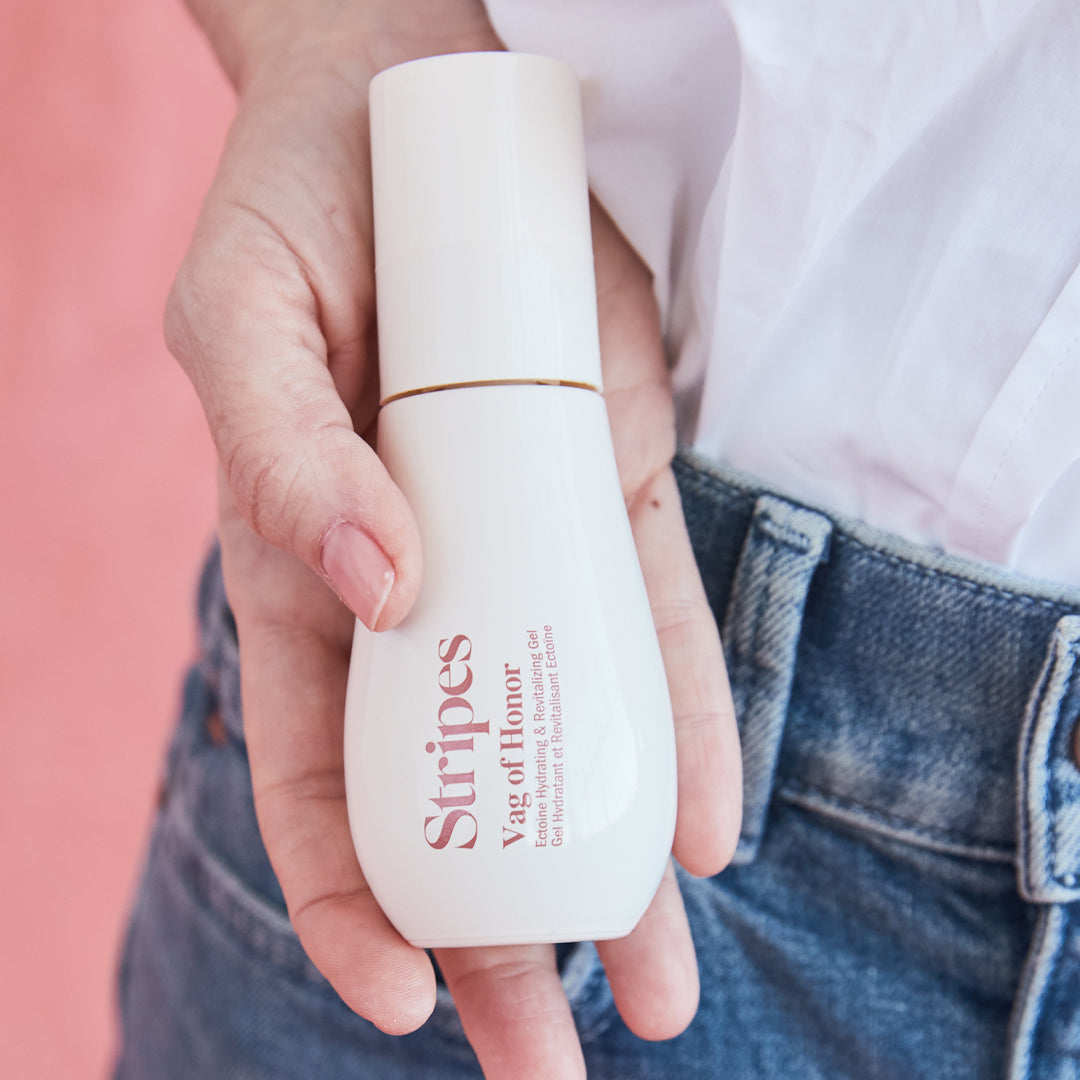8 Foods That Fight Hot Flashes so You Can Keep Your Cool
Let’s talk about hot flashes — the unexpected inner infernos that show up uninvited, whether you’re mid-meeting or mid-margarita. If you’ve ever felt like your internal thermostat got hijacked, you’re not alone. Up to 80% of women experience hot flashes during perimenopause and menopause. But here’s some refreshing news: what you eat might help keep the heat at bay.
Supplements are a great place to start, and a menopause support probiotic and vitamin blend like The Inside Edition can help relieve hot flashes as well as stress and brain fog. But your meals matter, too. While no food is a magic off-switch, some can ease the frequency and intensity of hot flashes. Others? Let’s just say they fan the flames. (Looking at you, spicy jalapeño margarita.)
Below, we break down eight cooling foods that may help reduce hot flashes and bring your body’s climate control back online. And yes, there’s science that backs it up.
1. Flaxseeds: tiny but mighty
Flaxseeds are packed with lignans — a type of phytoestrogen that mimics estrogen in the body (in the chillest way possible). Since hot flashes are often triggered by dipping estrogen levels, flaxseeds may help level things out.
A study published in Menopause found that consuming 40 grams of ground flaxseed daily reduced hot flash frequency and intensity in menopausal women.
How to eat them: Sprinkle ground flaxseeds (not whole!) into smoothies, oatmeal, or yogurt. Bonus: they also support digestion and heart health.
2. Soy: the OG menopause superfood
Tofu, tempeh, soy milk — these plant-based wonders are rich in isoflavones, another type of phytoestrogen. In cultures where soy is a dietary staple (hello, Japan), hot flashes are far less common.
Clinical trials suggest that 50–100 mg of isoflavones a day (about two servings of soy foods) can help reduce hot flashes over time.
How to eat it: Add tofu to stir-fries, sip on soy milk, or try roasted edamame as a snack.
3. Leafy greens: your hormones' best friends
Kale, spinach, Swiss chard, arugula — these verdant beauties are loaded with magnesium, which helps regulate body temperature and may support better sleep (aka fewer night sweats).
They’re also anti-inflammatory, which is always good news for hormonal balance.
How to eat them: Toss a handful into smoothies, pile them into grain bowls, or sauté them with garlic and olive oil for a quick side.
4. Oats: comfort food that doesn’t bring the heat
Oats are high in fiber, which can help stabilize blood sugar — an underrated factor in hot flash management. Blood sugar spikes and crashes can exacerbate symptoms like sweating, mood swings, and that sudden “ragey” feeling.
How to eat them: Overnight oats, oat muffins, warm porridge...you get the idea. Just go easy on the sugar.
5. Berries: nature’s chill pills
Blueberries, strawberries, raspberries — these little gems are antioxidant powerhouses that support vascular health and help reduce inflammation.
They’re also high in vitamin C, which supports adrenal function (aka how your body handles stress — and stress can absolutely trigger hot flashes).
How to eat them: Fresh, frozen, or blended into a smoothie, they’re an easy and delicious way to keep cool.
6. Cold-water fish: omega-3s for the win
Salmon, sardines, mackerel — these fish are rich in omega-3 fatty acids, which are known to support hormone production and reduce inflammation.
In one study, menopausal women who consumed more omega-3s reported fewer hot flashes and better mood balance.
How to eat them: Grill up some salmon, add canned sardines to a salad, or try a tuna poke bowl.
7. Chickpeas: hummus with benefits
Like soy, chickpeas contain phytoestrogens, but they also offer a solid dose of protein and fiber to help regulate blood sugar and mood.
Plus, they’re endlessly versatile — roast them, mash them, soup them, or turn them into hummus.
How to eat them: Snack on roasted chickpeas or make a quick chickpea salad with lemon, olive oil, and herbs.
8. Watermelon: hydration, but make it delicious
Staying hydrated is key to cooling down a hot flash. Enter watermelon — packed with water, electrolytes, and antioxidants, it’s basically edible air-conditioning.
How to eat it: Straight from the fridge, blended into a chilled slushy, or tossed with mint and lime for a heat-busting snack.
Eat smart, hot flash less
Hot flashes are unpredictable, annoying, and sometimes downright embarrassing, but your diet can help turn the temperature down. Think of food not just as fuel, but as one of the tools in your midlife wellness kit.
Focus on whole, plant-forward meals, lean proteins, and hydration. Reduce your intake of alcohol, caffeine, and spicy foods (yes, we’re sorry). And remember: you’re not powerless. You’re in your power. Because menopause isn’t the end of your vitality. It’s the start of a new phase — one where you can still glow without burning up.










